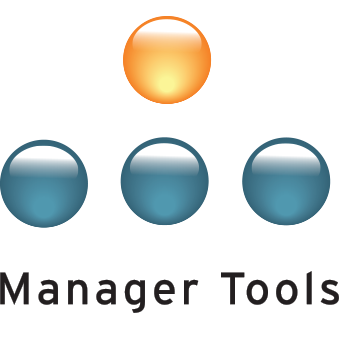 Submitted by markbyantaylor on
Submitted by markbyantaylor on
in
Forums
I'd like to improve the PR for my IT team within the company.
We have a great process for the work we do, and churn through the business requests very well. Unfortunately it is the odd hickup which everyone focuses on.
As with most things in life; everyone will focus on the 1 negative and ignore the 9 positive.
This has led to a negative perception from the wider business AND a feeling of being undervalued by the IT team.
Does anyone have ideas for improving our own PR?
One suggest that has come from the team is an email update to the business (monthy?). Has anyone else used this approach?



Go Talk to People
I encourage regular meetings with your boss' peers and executives--your internal customers!
There is a podcast for this:
http://www.manager-tools.com/2006/11/jump-starting-internal-customer-rel...
What I do is politely ask for no more than 30 minutes (say, every six months or so) and ask the *same* questions. Among the questions recommended in the podcast are:
Listen. Do not be defensive and ask clarifying questions as necessary. Do this regularly through your organization even if you already have advisory committees within your organization. Meeting one on one like this means you are reaching out to align your organization with organizational needs.
Powerful.
Two Things
How many emails have you received today? What's the likelihood that people from other departments will take the time to read an email talking about your accomplishments?
I faced the same dilemma and this is what my team came up with:
This approach is more time consuming than a monthly email. But because we focused on relationships and results, we were able to make more of an impact.
Substance over style.
Glenn
PS: We continue to deploy surveys about once a year and are just now revising training based upon a recent one.